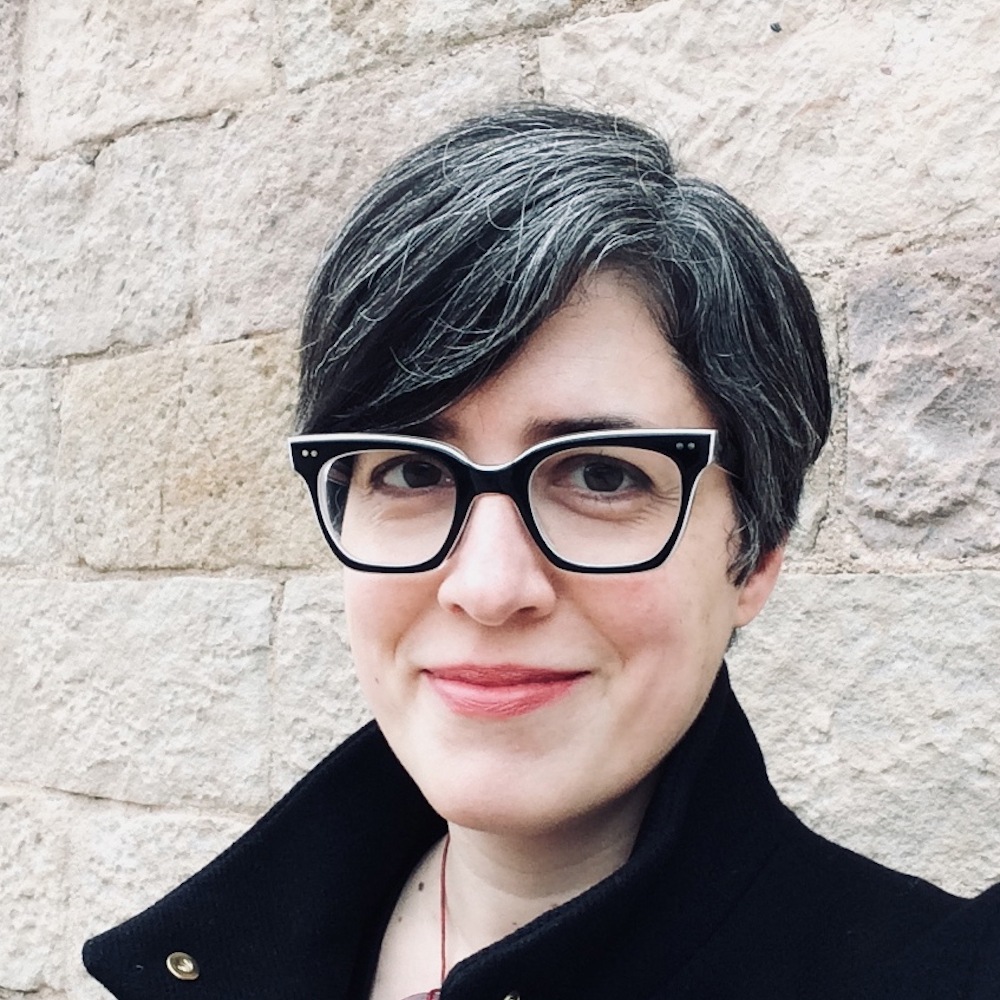Art historian Dr Natasha Ruiz-Gómez is writing a book about his work – exploring where medical science meets the arts.
"My book examines an exceptional group of pathological drawings, photographs and sculptures created by clinicians who deliberately combined scientific analysis and artistic expression,” she explained.
The founder of modern neurology
Dr Ruiz-Gómez is fascinated by Dr Charcot, who was a leading clinician of his time and the head of the medical service at the Salpêtrière Hospital in Paris for over 30 years. He is widely considered to be one of the founders of modern neurology and was the first to identify multiple sclerosis, neuropathic arthropathy (known today as ‘Charcot Joint’) and motor neuron disease (still known in France as ‘Charcot’s Disease’), among other neurological disorders.
He believed observation was the key to successful diagnosis and studied some of his patients over many years, identifying those with similar symptoms. After their death, he conducted autopsies that confirmed the shared source of their illnesses, allowing him to make significant medical discoveries. At the end of the nineteenth century, the Salpêtrière had approximately 5,000 female patients with conditions ranging from insanity to hysteria. Those with incurable illnesses sometimes spent decades at the hospital.
Charcot used his considerable artistic talent to document his medical discoveries and encouraged the many talented doctors who worked under him to do the same, explained Dr Ruiz-Gómez.
“The artworks of Charcot and his protégés demonstrate the selective and interpretive processes inherent to any artistic practice, even as they professed dedication to absolute objectivity,” she added.
Diagnosing illness in famous artworks
An expert in hysteria, Dr Charcot was surprised to recognise the poses of the hysterical attack in a painting by seventeenth-century Flemish painter Peter Paul Rubens. It depicts Saint Ignatius of Loyola exorcising people possessed by the devil, and Charcot connected their gestures to his hysterical patients at the Salpêtrière.
This led him to co-write books with one of his most important protégés, Dr Paul Richer, that ‘diagnosed’ past artworks. He also encouraged all his students to write ‘medico-artistic’ case studies, which were published in an important medical journal produced at the Salpêtrière.
The blurring of science and art
The extraordinary collection of images and sculptures produced by Charcot and his protégés, who came to be known as the Salpêtrière School, are now mostly housed in the stores of a Parisian museum – much of it is unpublished and largely unknown.
In her book, The Scientific Artworks of Doctor Jean-Martin Charcot and the Salptêrière School, Dr Ruiz-Gómez is probing how the intersection of art and science was exploited by Charcot and the Salpêtrière School, what new possibilities arose from working within this space, and how these clinicians negotiated its tensions.
She hopes to explore how the history of art can inform our understanding of medical imagery and also push both current medical and art historical scholarship in new directions.
Facts
- Charcot has around 15 medical conditions named after him.
- A young Sigmund Freud won a scholarship to study with Charcot and wrote, “I sometimes come out of [Charcot’s] lectures as from out of Notre-Dame, with an entirely new idea about perfection.”
- At the start of the twentieth-century, Charcot’s protégé Dr Paul Richer took on the prestigious role of Professor of Anatomy at Paris’ Ecole des beaux-arts, arguably the most important school of fine arts in the world.




